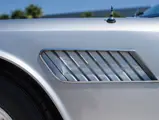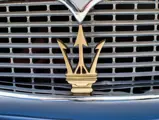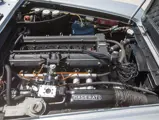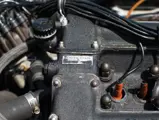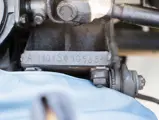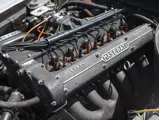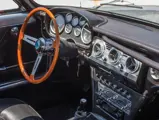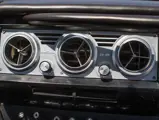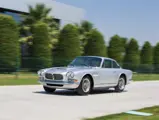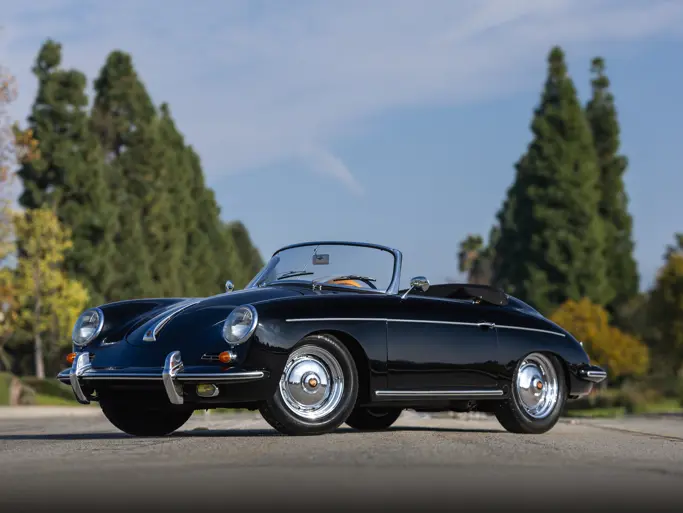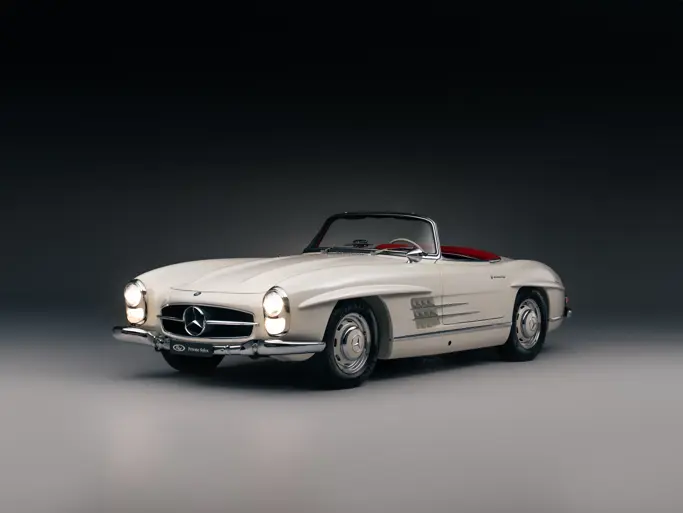245 hp, 3,694 cc DOHC inline six-cylinder engine with Lucas indirect fuel-injection, five-speed ZF manual transmission, independent front suspension with coil springs, double wishbones and anti-roll bar, rigid rear axle with radius arms, semi-elliptical leaf springs, and four-wheel hydraulic disc brakes. Wheelbase: 2,500 mm
The Maserati Sebring was named for the company’s win in the 1957 Sebring 12-hour race. The first series, based on the handsome 3500 GT, was introduced at the Salon International de l’Auto in 1962 and then again at the Salon dell’ Automobile in Turin the following year. It was constructed on a tubular steel frame that had been topped with a steel 2+2 coupé body from the pen of Vignale designer Giovanni Michelotti. Its appearance differed from that of the 3500 GT by the addition of newly en vogue quadruple headlights, which were flanked by a bold grille and Maserati’s traditional Trident emblem. Borrowing a bit from its Quattroporte sibling, new side vents appeared on the front fenders, along with new front turn signals. The bumper design was changed to thin horizontal chrome bars, the tail lamps were revised to horizontal from vertical, and the boot lid was reshaped.
Aimed squarely at the American market, the Sebring was a handsome 2+2 coupé with air-conditioning and an optional automatic transmission to the standard ZF five-speed gearbox. Instruments were comprehensive and detailed, the seats were leather, four-wheel disc brakes were standard, and many cars were fitted with wire wheels. All had Lucas fuel injection from 1961 onwards. The DOHC six-cylinder engine was enlarged progressively from 3,485 cubic centimetres to 3,694 cubic centimetres, and eventually to 4,014 cubic centimetres in the last Series II.
It is believed that no more than 446 Sebring coupés were built from 1962 to 1967, with 348 being Series I examples and only 98 of the rarer Series II Tipo AM101/10. Output from the 3.7-litre, twin-cam, twin-ignition inline-six was 245 horsepower, which was fed by Lucas indirect mechanical fuel injection. With its steel body and luxurious interior, this was not a lightweight sports car but a true grand routier with a top speed of 240 km/h within reach.
Chassis number 10535, offered here, remained in the hands of its second owner, a San Francisco doctor, for more than 30 years, during which time the car was carefully maintained and driven on a regular basis. The car benefitted from cosmetic freshening in the mid-2000s, including being repainted in its original silver. In 2011, the car returned to Europe to be displayed in the current owner’s private museum and is offered for sale as part of the ongoing management of the collection.
This rare and desirable, matching-numbers Series II Sebring is one of the most charismatic GT cars of its era. A highly usable Maserati, it has benefitted from a lifetime of careful custodians and now deserves a new owner to appreciate its effortless performance and style.
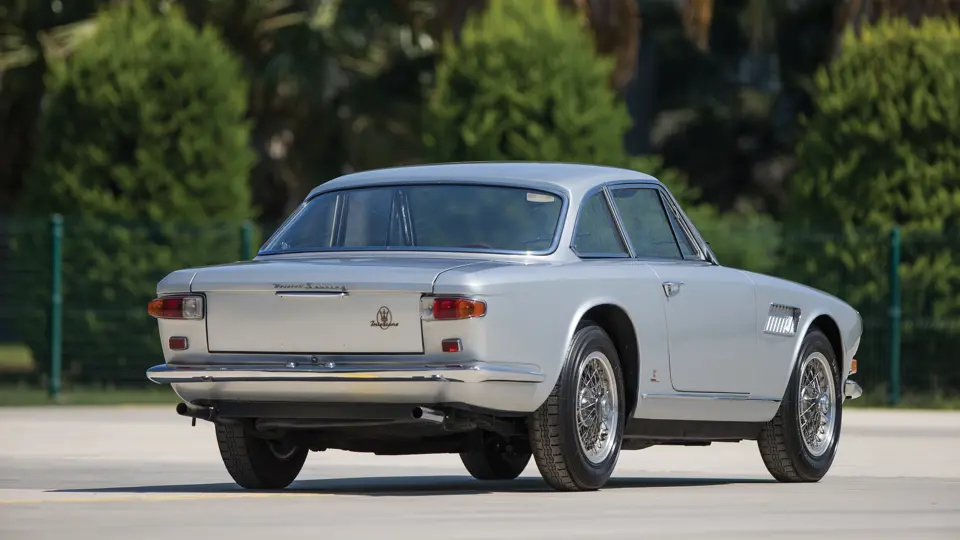





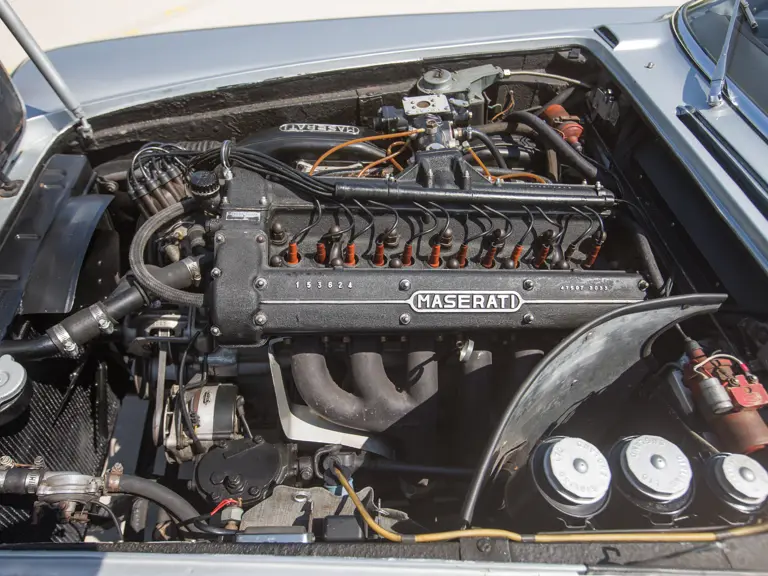
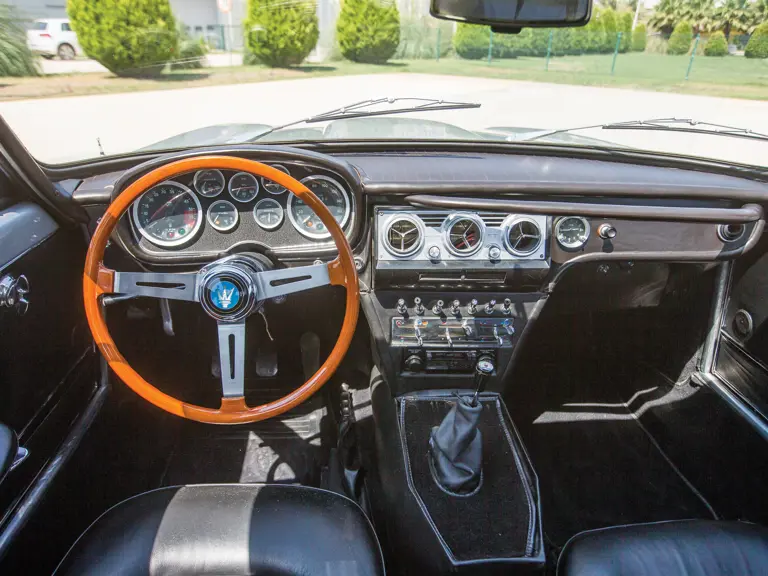
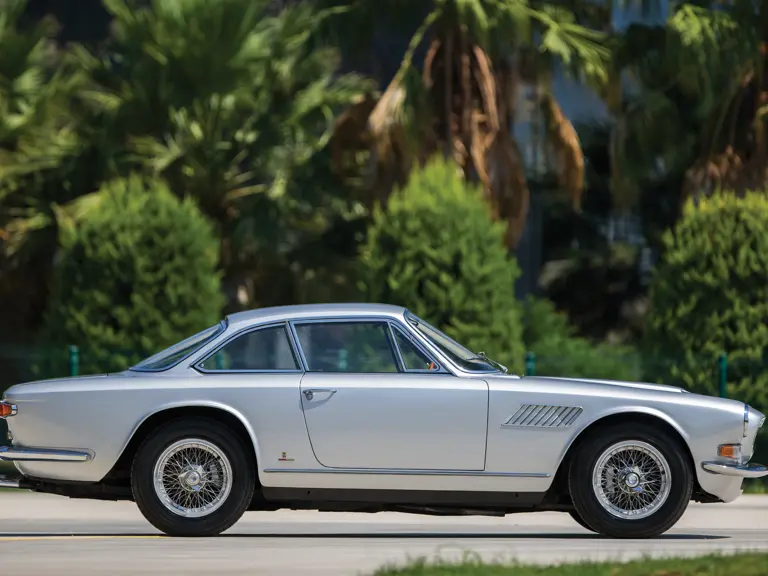

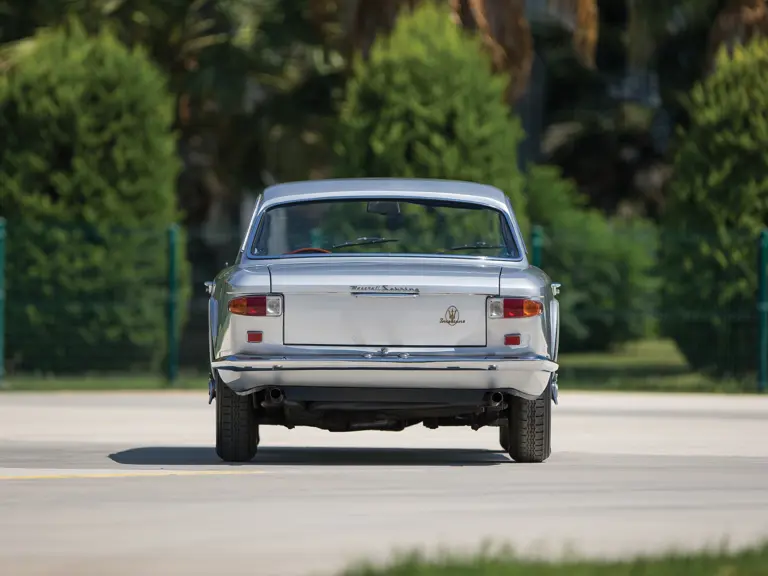

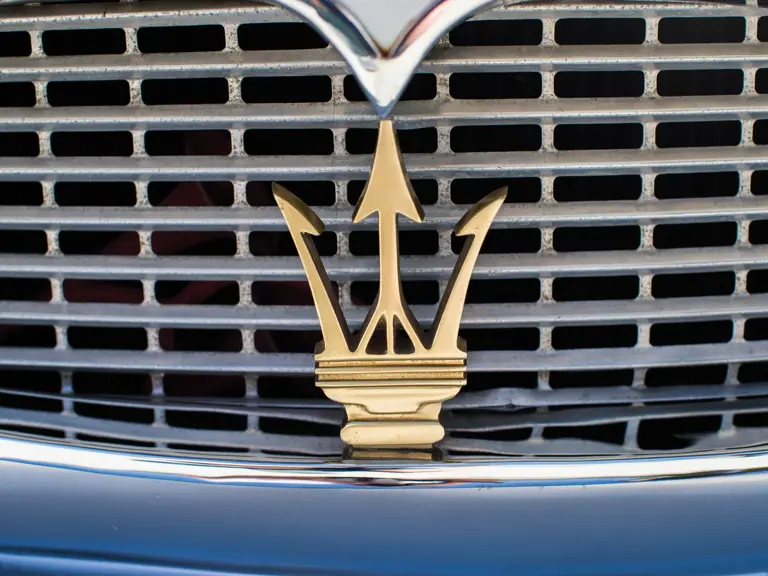
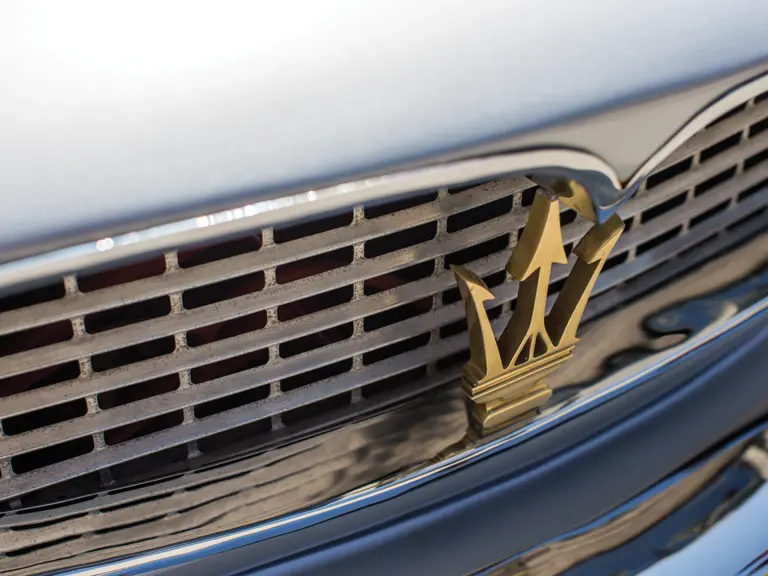
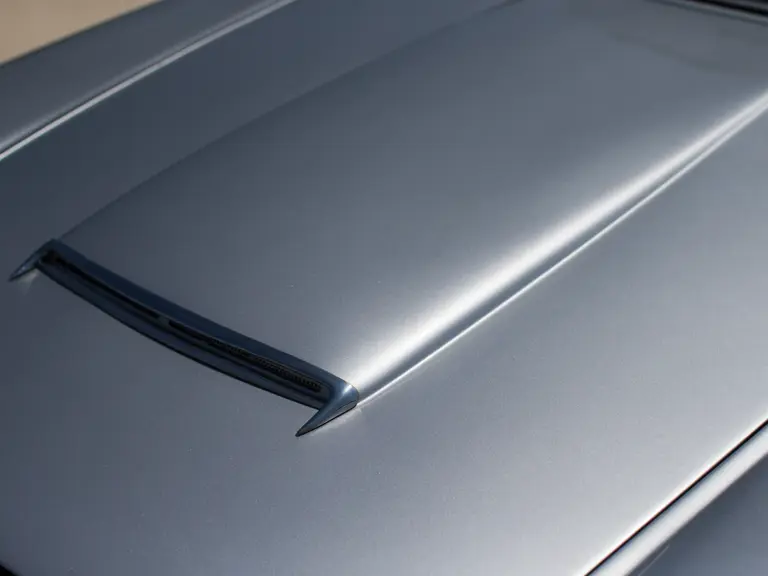
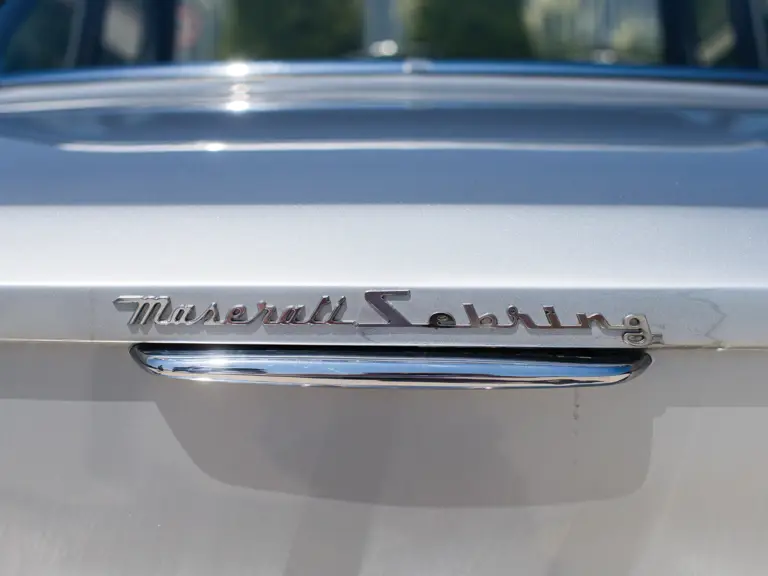
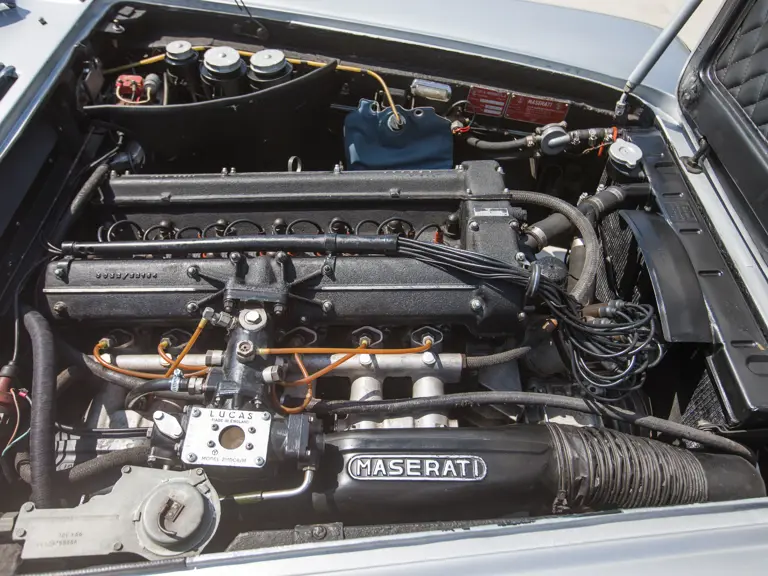


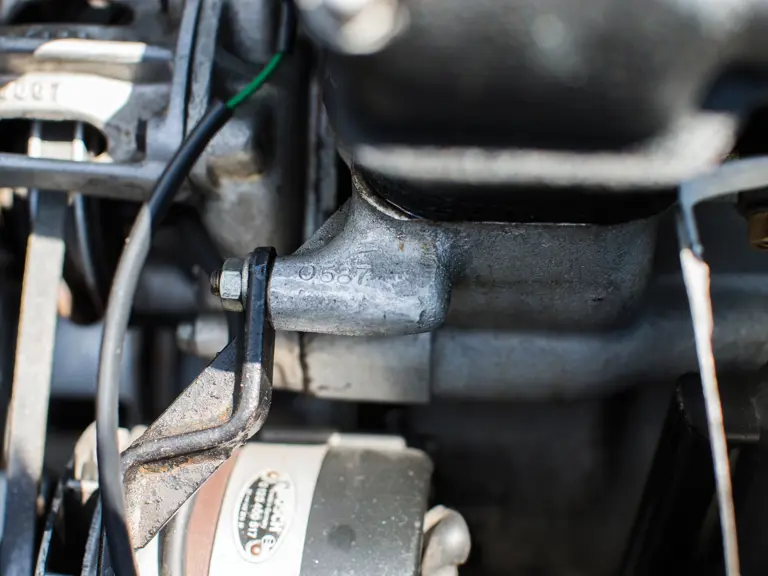
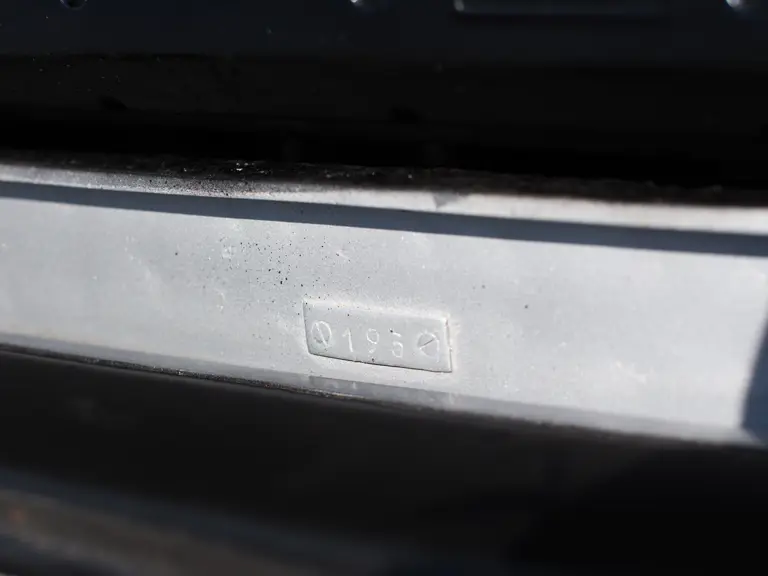
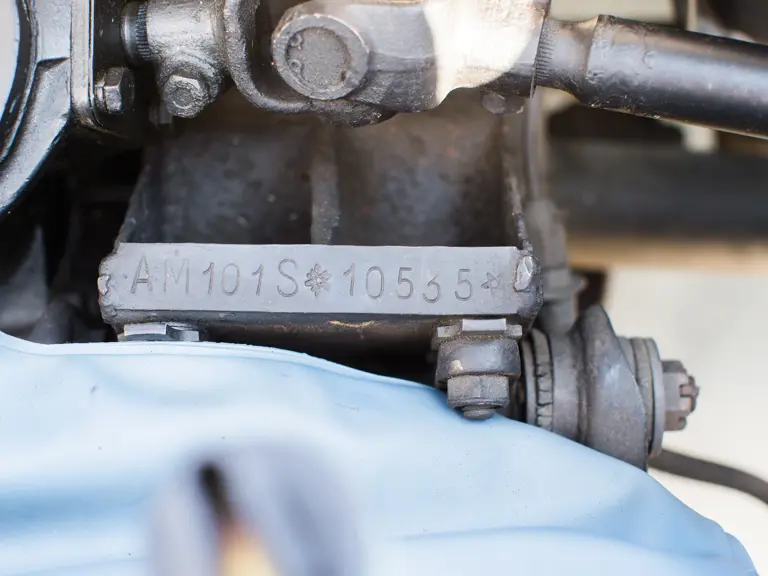
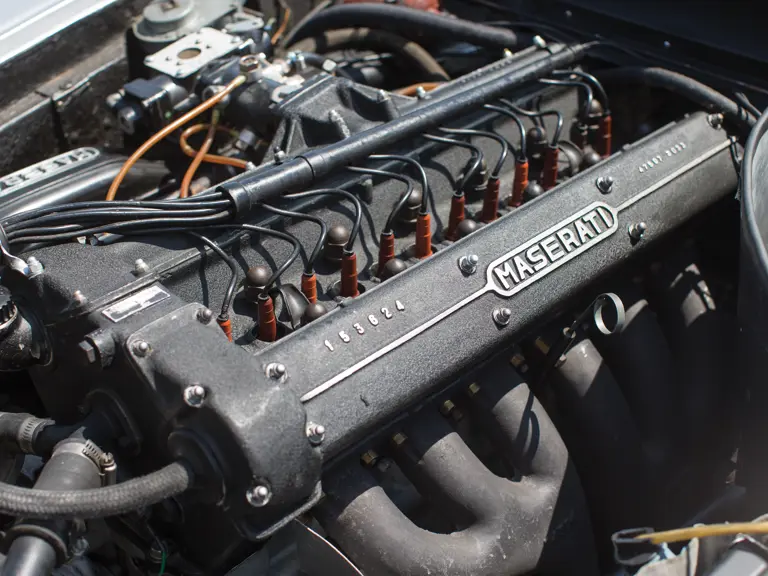

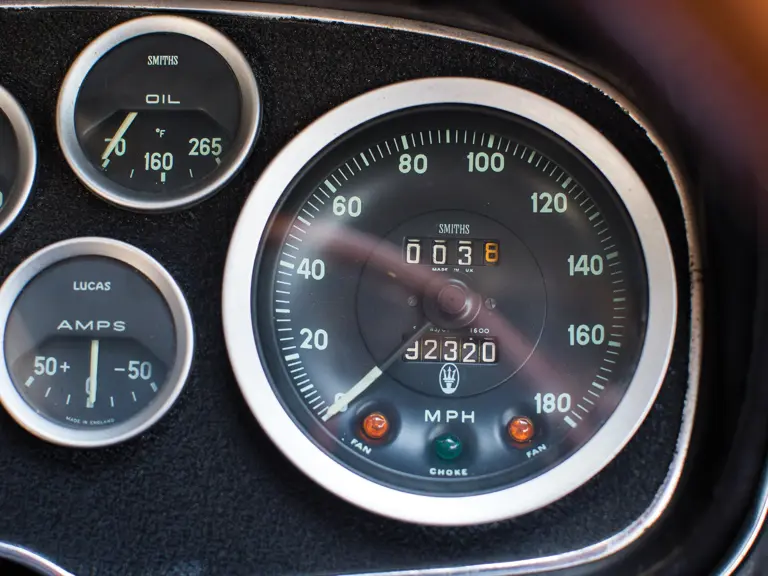

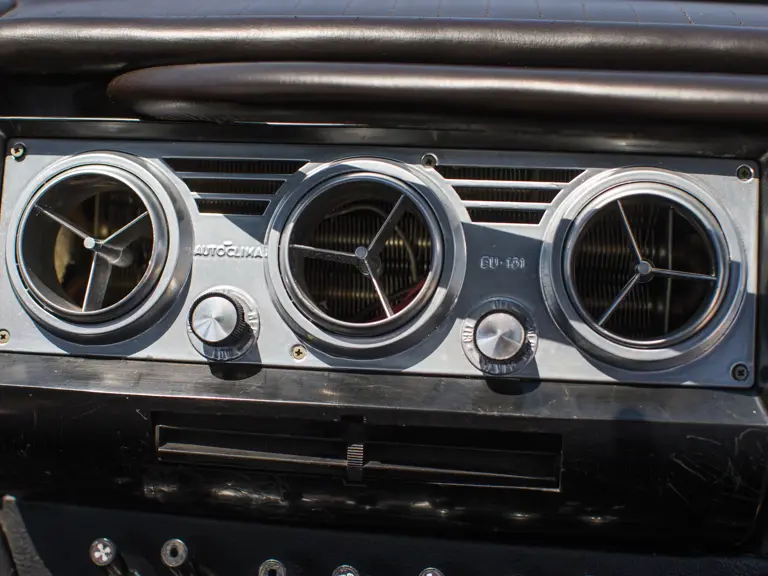
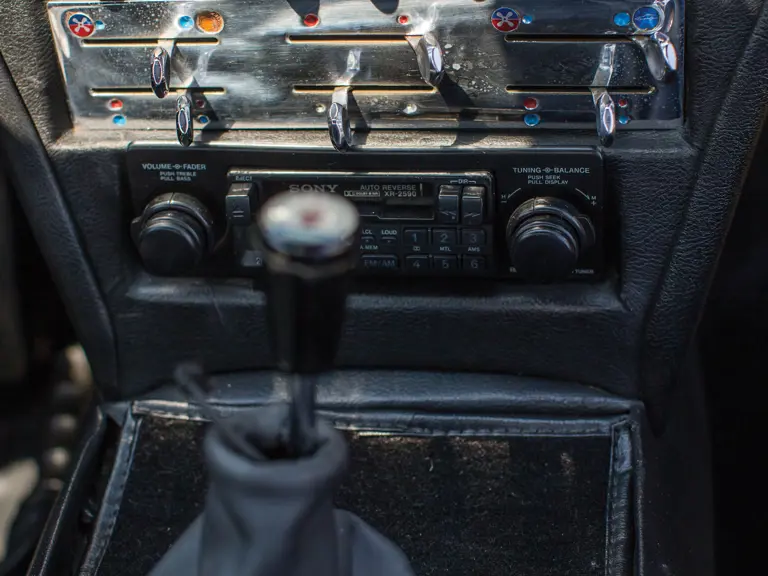
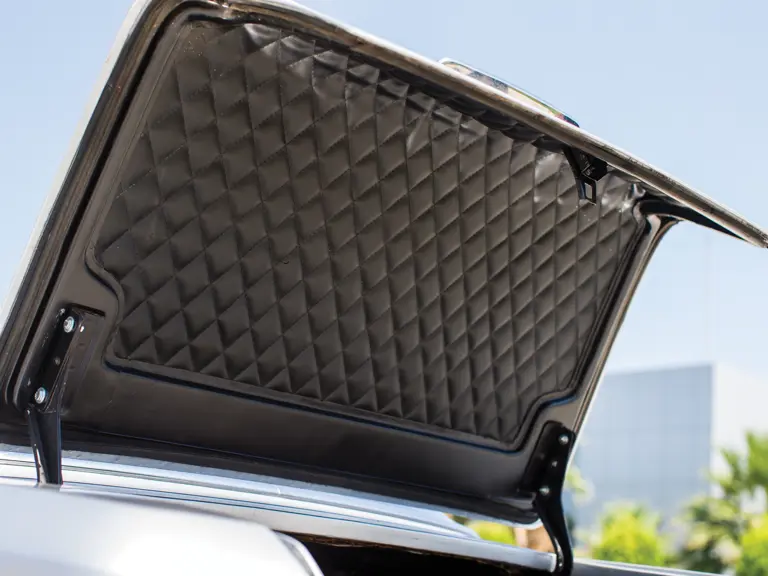
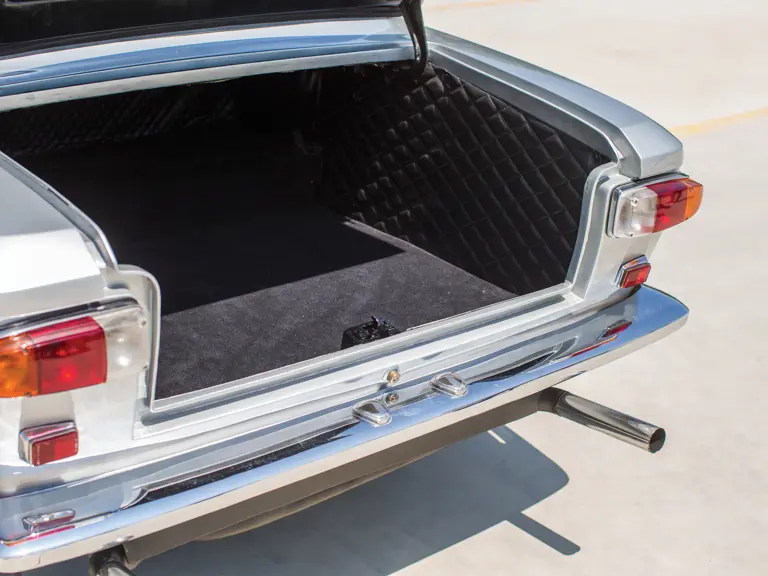




 | London, United Kingdom
| London, United Kingdom






